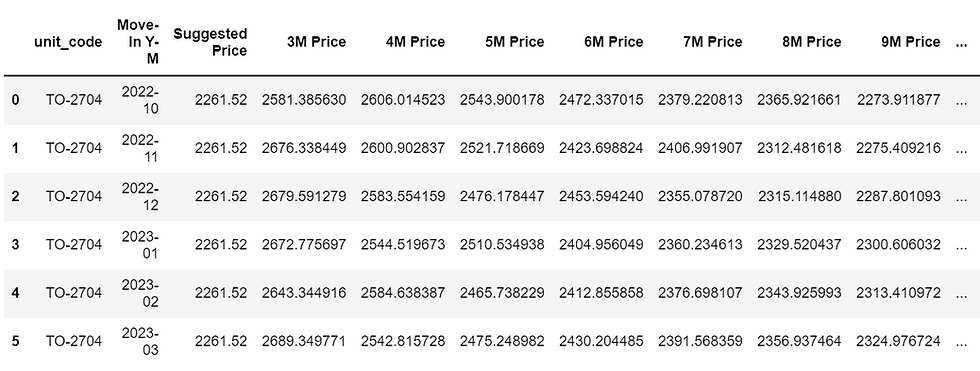3 Analytics Projects for the Social Sector
- Eric Huang

- Nov 7, 2019
- 2 min read
We work with a lot of non-profits, charities, and government organizations (I’ll call these the social sector for the rest of the post). The type of work we do with them is often quite different from private organizations. They operate leaner, structures are usually less formal and deal with more qualitative factors.
So how does analytics, a very structured, very quantitative and often very complicated and pricey endeavour apply to the social sector? I outline some practical (low hanging fruit) ways to think about this in this post! We at the lab provide affordable services specially designed for the social sector.

1) Performance measurement of programs.
The holy grail of non-profits has always been impact and performance measurement. When you can truly measure the success of the program you are implementing, you can understand if you are making an impact, how you can improve, and tell the story better to your donors and management on why your program is important. Not to mention, advertising opportunities and annual reports are dramatically more convincing when you can put numbers behind the narrative.
Of course, one common thing we hear at AAARL is that it’s hard to measure social impact. While it is true that it is more complicated than profit-driven organizations, it is certainly a myth that it can’t be done. AAARL has done projects that measure and analyze how various programs impact education, poverty and donation allocation. Having an expert as part of your team do make a difference!
Scientific and operationally driven excellence in non-profit programs arise when you can tie (correlate) the outcome of your target (whether if it’s feeding x number of people, helping people get jobs, etc.) to a specific program.
To recap, social sector organizations can improve their programs by investing in tracking, analysis and reporting of performances that tell you exactly how well your programs are performing and how to improve.

2) Fundraising optimization.
The bloodline of most donor-funded organizations is their fundraising operations. There are a number of significant opportunities when it comes to fundraising and analytics. Through the use of predictive and optimization models, an organization can save up to 10~50% of their advertising/mailing costs. Predictive models can help pinpoint which donors are “low value and low probability” and re-allocate funds to those that are “high value and high probability”, thus significantly increasing ROI on fundraising activities. As well, by segmenting customers using their features like geogrpahy, age, professions and their transactional behaviours, we can help further identify opportunities and fine-tune outreach.

3) Performance reporting, process improvements and standardization.
Private organizations often invest heavier into reporting, automation and standardization because it makes them more efficient. There is no reason why the socially-oriented organizations can’t follow the same drive for efficiency. Analytics help identify opportunities, diagnose problems and understand deeper patterns in trends. As well, standardization and automation in reporting and analysis of data helps deliver the right information at the right time to the right person. It also helps give managers better visibility on precisely what needs to be done.
Know the unknown with AAARL. AAARL is a service organization that works with organizations that have the desire to improve and achieve excellence. Book a free consultation with us today to learn more!




Comments